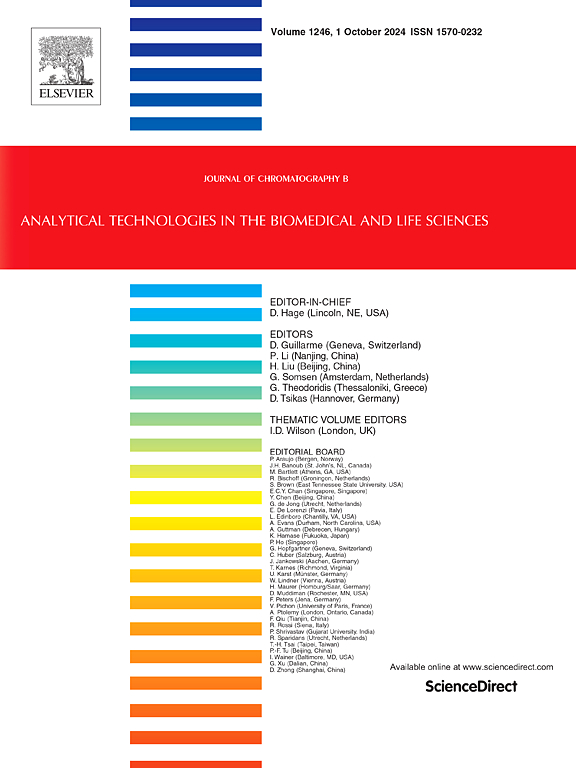Optimization of orthogonal separations for the analysis of oligonucleotides using 2D-LC
Abstract
Oligonucleotides are commonly analysed using one dimensional chromatography (1D-LC) to resolve and characterise manufacturing impurities, structural isomers and (in respect to emerging oligonucleotide therapeutics) drug substance and drug product. Due to low selectivity and co-elution of closely related oligonucleotides using 1D-LC, analyte resolution is challenged. This leads to the requirement for improved analytical methods. Multidimensional chromatography has demonstrated utility in a range of applications as it increases peak capacity using orthogonal separations, however there are limited studies demonstrating the 2D-LC analysis of closely related oligonucleotides. In this study we optimised OGN size and sequence based separations using a variety of 1D-LC methods and coupled these orthogonal modes of chromatography within a 2D-LC workflow. Theoretical 2D-LC workflows were evaluated for optimal orthogonality using the minimum convex hull metric. The most orthogonal workflow identified in this study was ion-pair reversed phase using tributylammonium acetate (IP-RP-TBuAA) coupled with strong anion exchange in conjunction with sodium perchlorate (SAX-NaClO4) at high mobile phase pH. We developed a heart-cut (IP-RP-TBuAA)-(SAX-NaClO4) 2D-LC method for analysis of closely related size and sequence variant OGNs and OGN manufacturing impurities. The 2D-LC method resulted in an increased orthogonality and a reduction in co-elution (or close elution). Application of a UV based reference mapping strategy in conjunction with the 2D-LC method demonstrated a reduction in analytical complexity by reducing the reliance on mass based detection methods.

 求助内容:
求助内容: 应助结果提醒方式:
应助结果提醒方式:


